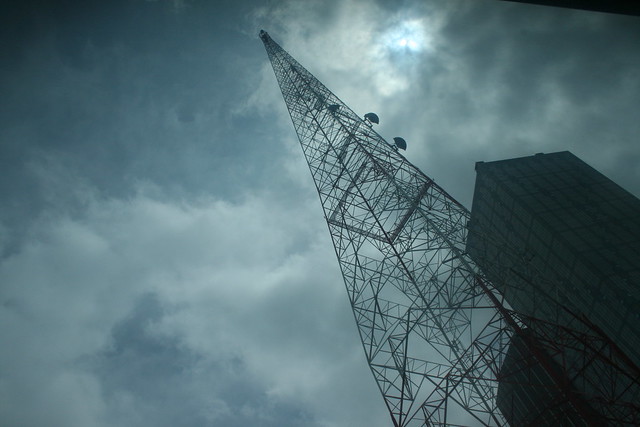
Photo credit urbanfeel
One of the key tenets of a Smart Grid is that you have real-time, two-way communications between the consumer and the utility company. To enable this a communications infrastructure needs to be rolled out. Before that can happen though, we need to examine the different communications protocols to find the most suitable one.
I was talking to Andy Slater, the EMEA Marketing Director for Sensus, the other day. Sensus are the company providing the communications platform for UK-based Arqiva’s Smart Grid pilot in Reading [PDF]. And their proposed Smart Grid communications infrastructure for all of Britain. While, in North America Sensus have 8 million end points rolled out across 225 utilities.
The Sensus solution uses long range radio to communicate with smart meters. This allows Sensus to achieve a 99.5% first-time connection rate during installations, according to Slater. This is higher than most other technologies (GPRS, WiMax, etc.) and so saves a considerable amount of money by obviating the need for a second call out or re-engineering.
When I mentioned that Power Line Communications (PLC) would, by definition, have as close as possible to 100% first-time connectivity, Andy countered that that’s all well and good for electrical meters but the Sensus solution also works for gas and water meters. He then went on to point out that PLC requires far more repeaters to boost the signal and that it is not suitable for high voltage equipment.
The other advantage which Andy mentioned is that for gas and water meters which are not powered, battery life is going to be an issue. GPRS and mobile solutions require a lot of power and their battery life may be as short as 5 years whereas Andy claimed because the power requirement of long range radio is lower, the batteries in their meters could last up to 15 years, thereby reducing service calls to replace depleted batteries.
Listening to Andy, you could be forgiven for wondering why any utility would go with a communications protocol other than long-range radio – so can anyone enlighten me – what is the best communications protocol for Smart Grids?
You should follow me on twitter here.

